Winter weather can be scary for chicken owners, it’s not like most of us can bring the birds in the house when the snow and mercury fall. But you don’t need to worry about the cold, chickens are actually very hardy birds especially if you pick out one of these three cold hardy heritage breeds.
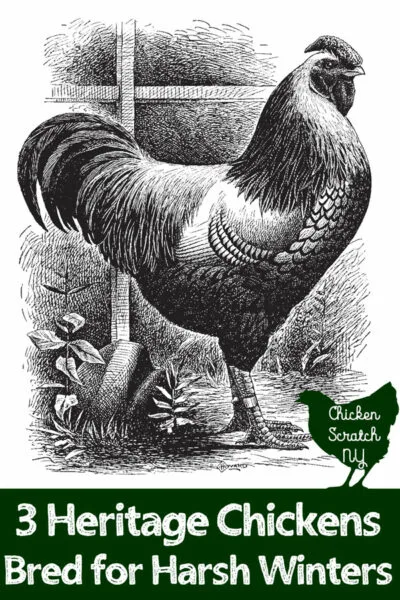
Not surprisingly there are several heritage chicken breeds from the northeast that laugh in the face of winter. Or they would if chickens could laugh.
They are all dual-purpose breeds that have roots going way back in rural American history. They were once common birds in the barnyard that have been largely replaced by modern hybrids like sex-links.
Read more about Dual Purpose Chickens
Luckily they are making a comeback these days as people are reconnecting to our rural history and enjoying the history and everything these old breeds can offer.
The Livestock Conservancy is a great resource if you are looking for more info on rare and endangered heritage breed livestock.
Wyandotte
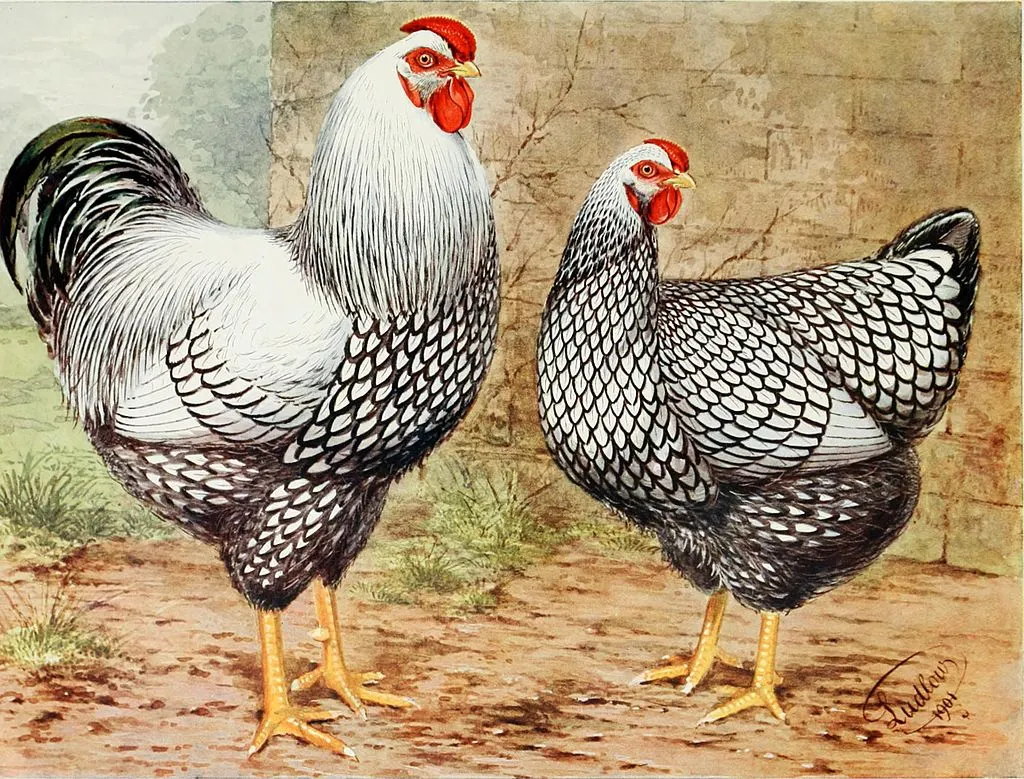
One of my favorite chicken breeds is the Wyandotte, the breed was actually developed in New York state in the late 1800’s. They are amazing birds that come in several different beautiful patterns including the popular silver laced pattern.
My first flock of chickens from 2010 was half silver-laced Wyandotte and half light Brahma with a handful of blue-laced red Wyandottes.
I didn’t realize it at the time but the experts think there is a bit of dark Brahma in the murky genetic history of the Wyandotte chicken. So they were kind of very distant relatives.
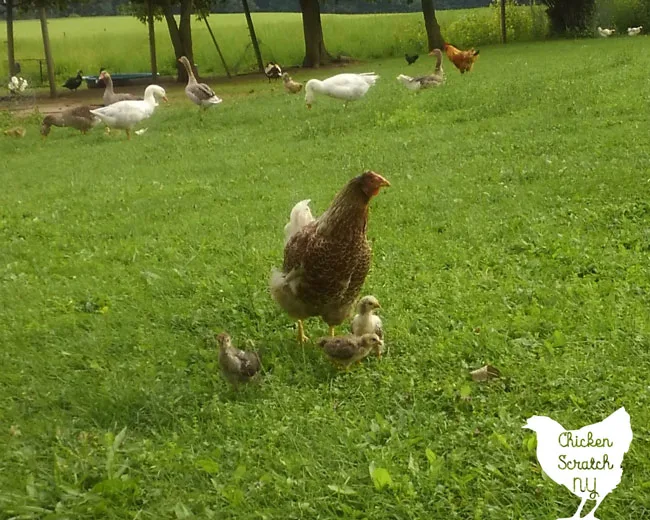
My best broody hen was a blue-laced Red Wyandotte hen that was part of my original flock, she was great at sitting and raising babies. Oddly those two skills are not found in all broody hens.
Read more about Broody Hens
Wyandotte chickens have clean, yellow legs, rose combs, and yellow skin. They lay large brown eggs, and as a dual purpose breed they are also raised for meat weighing in around 6.5-8.5 pounds live weight.
This popular breed was removed from the livestock conservancy sites watch list in 2016.
Wyandottes have a reputation for being calm and friendly birds. All of mine have been, they aren’t particularly interested in me but they aren’t impossible to handle when necessary.
They might not be as common as buff Orpingtons or Rhode Island Reds but they aren’t hard to find via online hatchery. You might even get lucky and find them locally.
Dominique
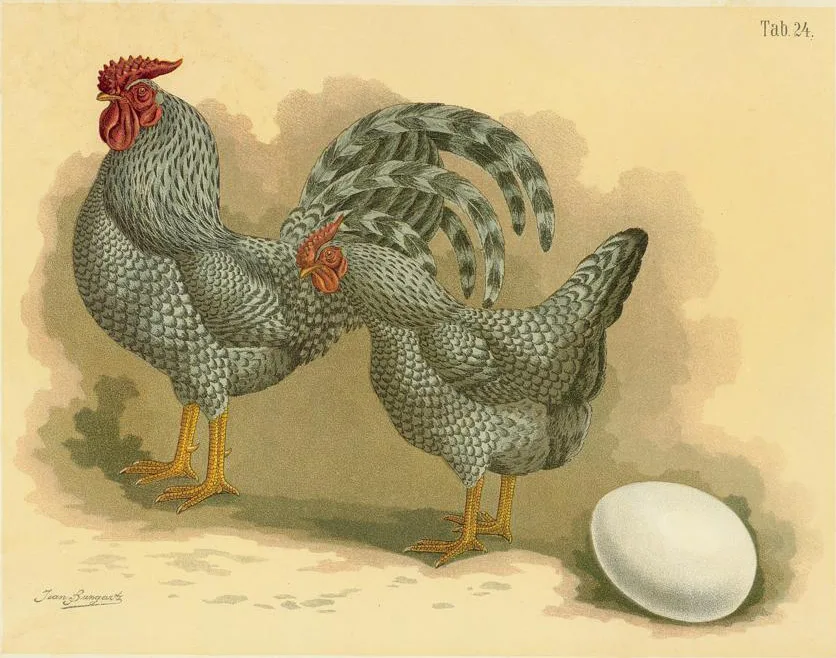
The Dominique or Dominicker is another super hardy breed, they are considered the first American Class of chicken developed in the United States dating back to the 1750’s.
Their feathers are barred with black and light grey/white, they have clean yellow legs and a rose comb. The feather pattern is similar to the Barred Rock but the stripes on a Dominique aren’t as crisp, they look blurry in comparison.
At first glance it’s pretty easy to confuse a Barred Rock and a Dominique, the big giveaway is the comb. The Dominiques have a rose comb that sits close to the head while Rocks have large single combs.

Dominiques are known for being tightly feathered, that characteristic makes when great in cold weather and also pretty useful for stuffing pillows if that’s something you’re interested in.
Out of all the heritage chickens out there, I think they have the coolest story. The breed is so old no one really knows where it came from, obviously it didn’t come from American breeds (because it was the first) but it probably has its roots in European breeds.
They were really popular for 100 years from 1820s into the 1920s when their popularity declined. Luckily the Dominique’s easy-to-keep nature and hardiness helped the breed survive through the Great Depression.
Unfortunately after WWII (ever think you’d hear about that on a chicken blog?) there was a push toward industrial poultry keeping and the population declined again. It hit a low point in the 1970s when there were only 4 breeding flocks left.
The breed made another comeback in the 80’s through 2006. Then… it began to decline again. Apparently, chickens aren’t immune to trend cycles like clothing and music.
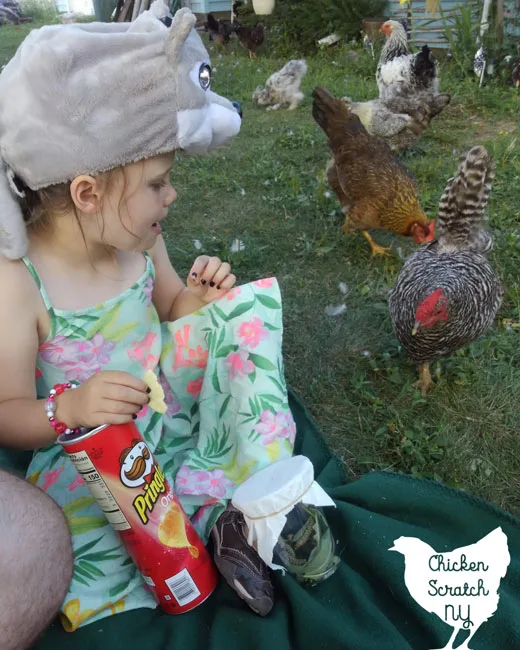
I have one Dominique girl that came in my surprise box several years ago and I love her. She is my ‘garden chicken’ she follows me around in the garden eating all the worms and beetle larvae that I dig up.
She’s very inquisitive and friendly and looking back through my photos from the past few years she’s always there. We have a lot of summer picnics and she’s always there waiting to snatch a treat. I’m pretty sure she was going after Mary’s caterpillars in the mason jar during this particular picnic!
I’ve since ordered another batch of Dominique hens and they’ve all had the same friendly, nosey personality of my original girl.
If you’re looking for a cold-hardy, friendly egg layer I can’t recommend them enough!
Dominiques are not hard to find if you are willing to order from an online hatchery, as of 2018 they are listed on the Livestock Conservancy Watch List. That means there are less than 5,000 Dominiques in America and 10 or fewer primary breeding flocks.
Buckeye

Fun fact, that’s not a chicken, that’s a chestnut or a buckeye. I couldn’t find any public domain images and I don’t have any (yet) so I couldn’t take my own picture. I did find a fun video of Buckeye hens and roosters digging though hay on youtube if you’d like to check out this beautiful breed for yourself.
Buckeye Chickens are from Ohio, aka the buckeye state, aka why I have a picture of a chestnut up there. Fun fact, they are the only American class chicken breed developed solely by a woman, her name was Nettie Metcalf.
They were developed parallel to the Rhode Island Reds at a time when dark red coloring wasn’t common. They were developed from Cochin, Plymouth Rock and Game bird lines.
There are several very interesting characteristics found in the breed, including unique vocalizations in the roosters and their reputation for hunting mice. That last fact alone makes them worth a second look in my book!
Buckeyes are a dual-purpose breed with yellow skin, clean legs, and a pea comb. They weigh in around 9 pounds for roosters and 6.5 pounds for hens which lay large brown eggs.
Hens average 200 eggs a year, of course, that will change with individual birds and differences in husbandry such as deciding to put a light in the chicken coop during the winter.
Buckeyes are active birds and thrive in a free-range environment. They have a stocky build, similar to a Cornish, with thick thighs and strong breast and wing muscles. The small comb and sturdy build make them great birds for a cold climate.
Like the Dominique, the Buckeye is on the Livestock Conservancy Watch List.
I’ll be placing my order soon and I’ve got all three of these breeds on my list along with bantam Easter Eggers and Ancona ducks. Are you adding any heritage poultry to your farm this year? Let me know in the comments, I love hearing from you!
Looking for more info? Check out my Chicken Keeping page or start here:



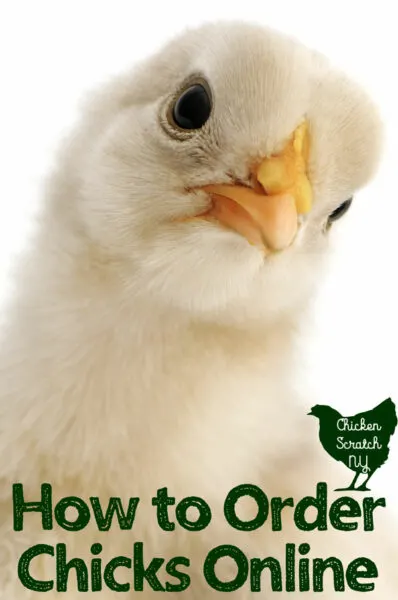
Chris Milburn
Wednesday 5th of June 2019
Being born and raised in Ohio I was surprised to discover the Buckeye. Living in Oklahoma where the winters can be harsh temperature wise we decided to order some Buckeyes from a hatchery. We have 15 birds in our flock and due to their being on the conservancy list, which we didnt know when we ordered them, we have decided to make them our primary birds and can't wait to have some hatch. Ours are about 3 months old now and they are growing fast .
Alecia
Wednesday 5th of June 2019
I have my first Buckeyes now, they're beautiful birds! I can't wait to see them as adults